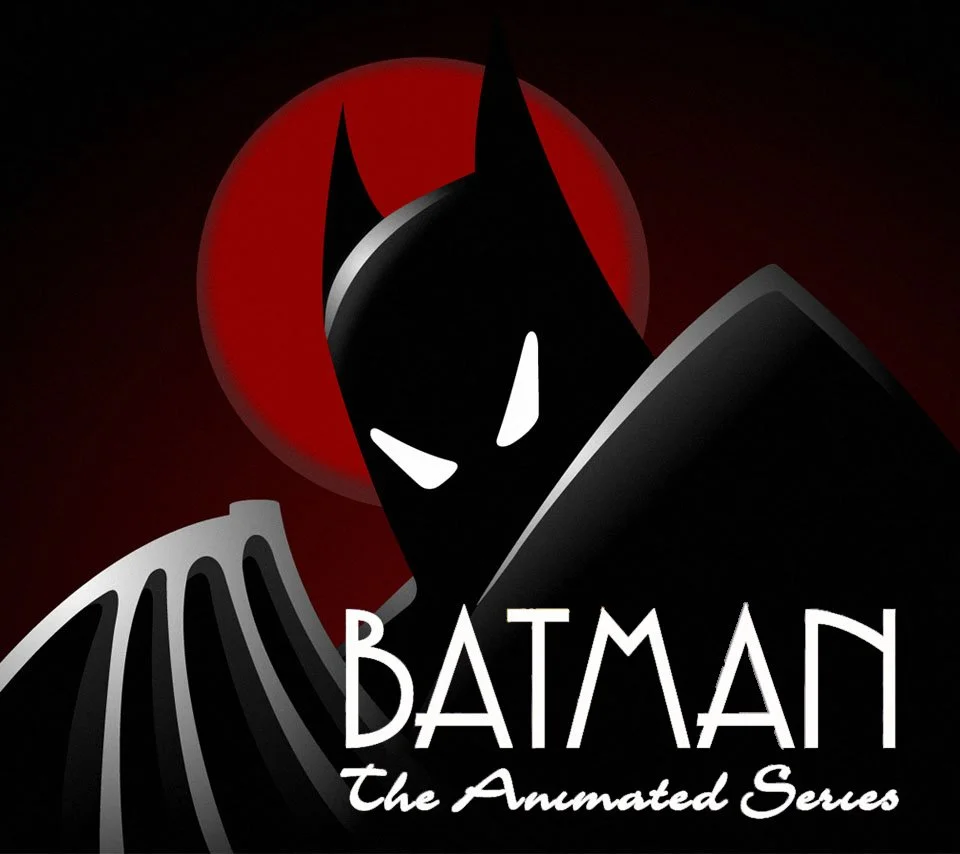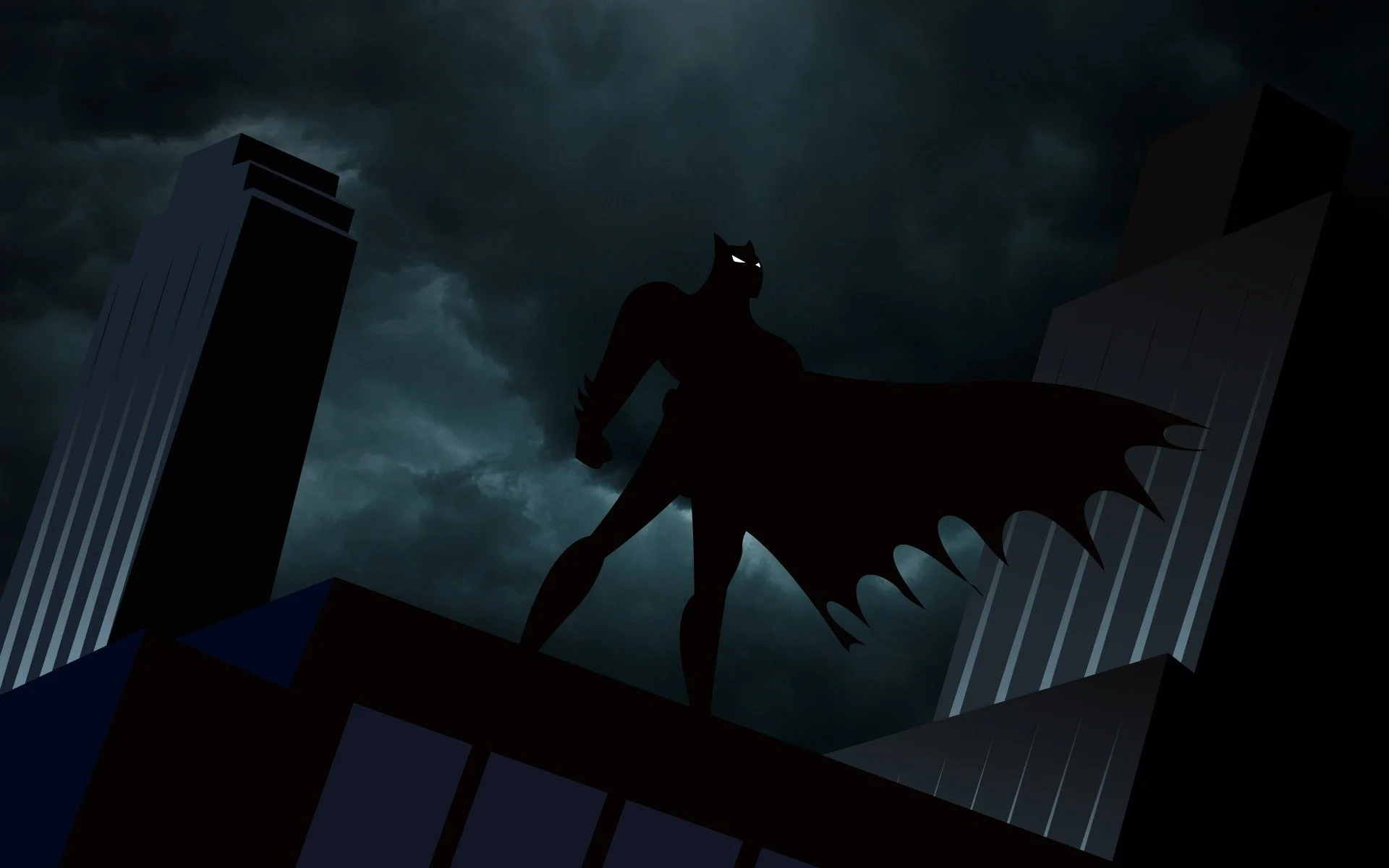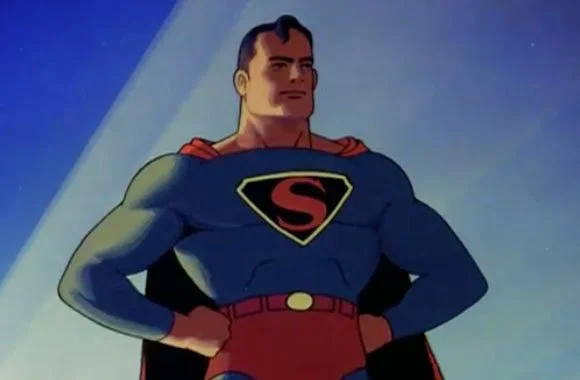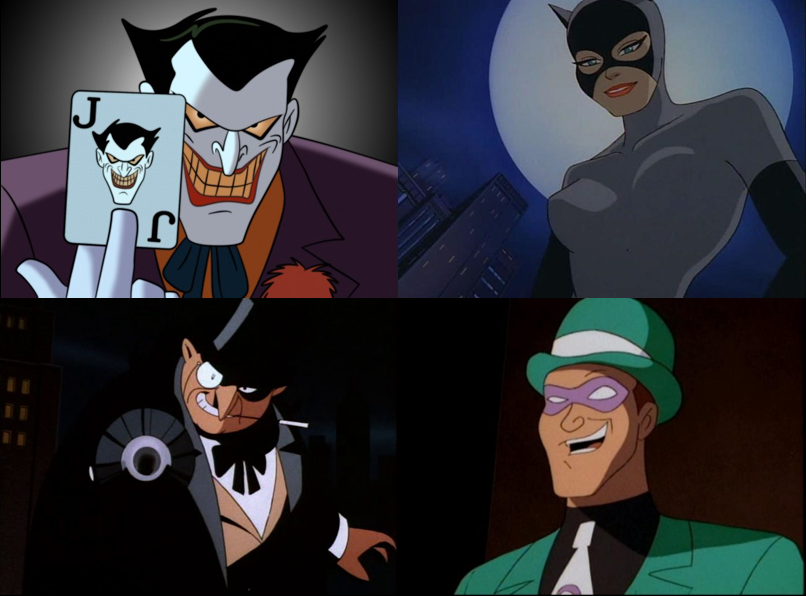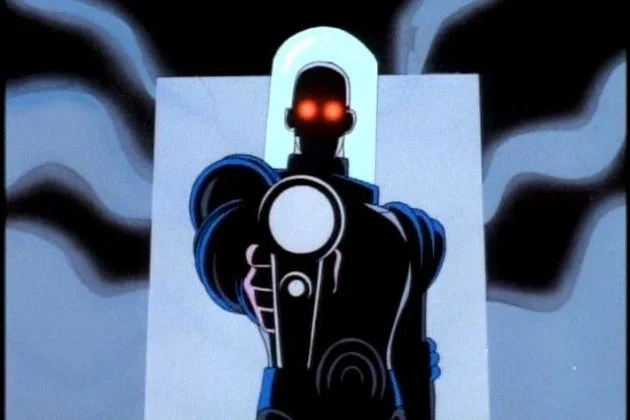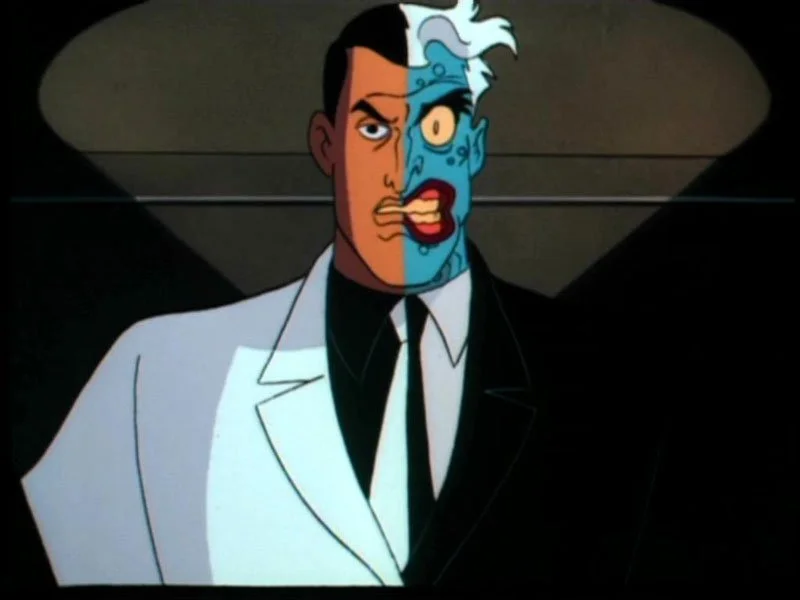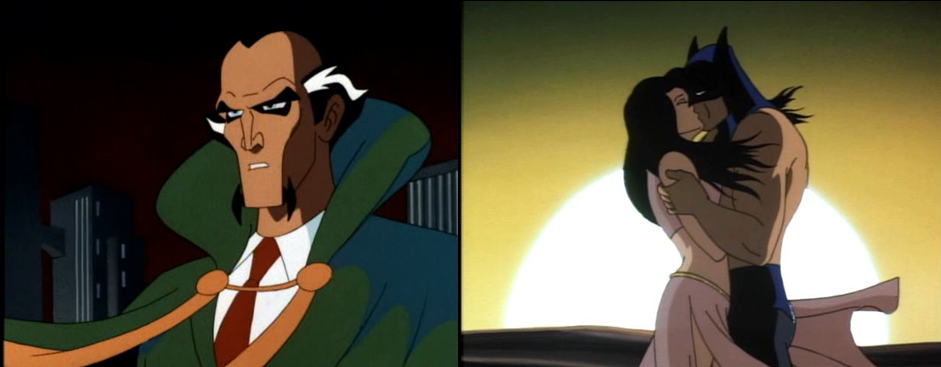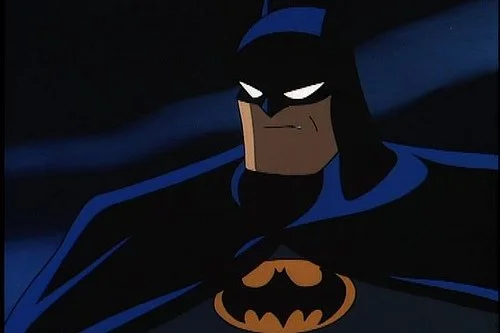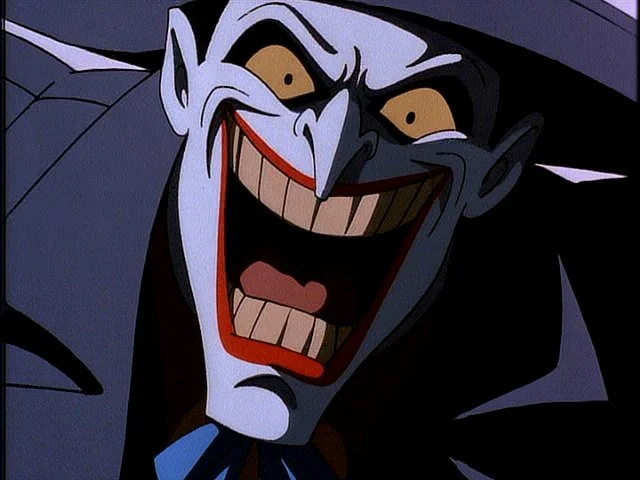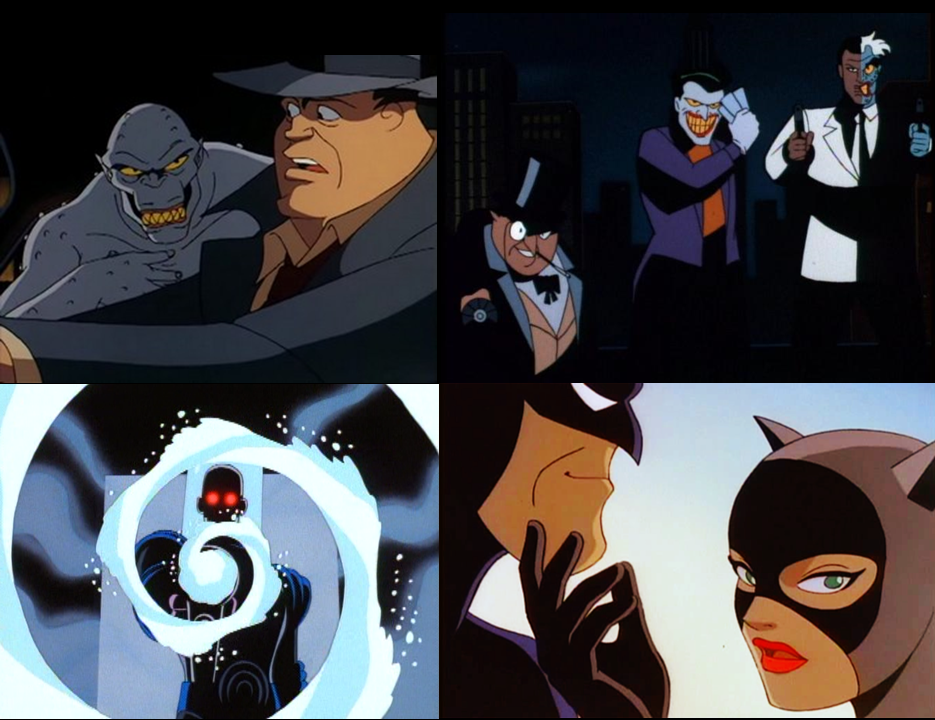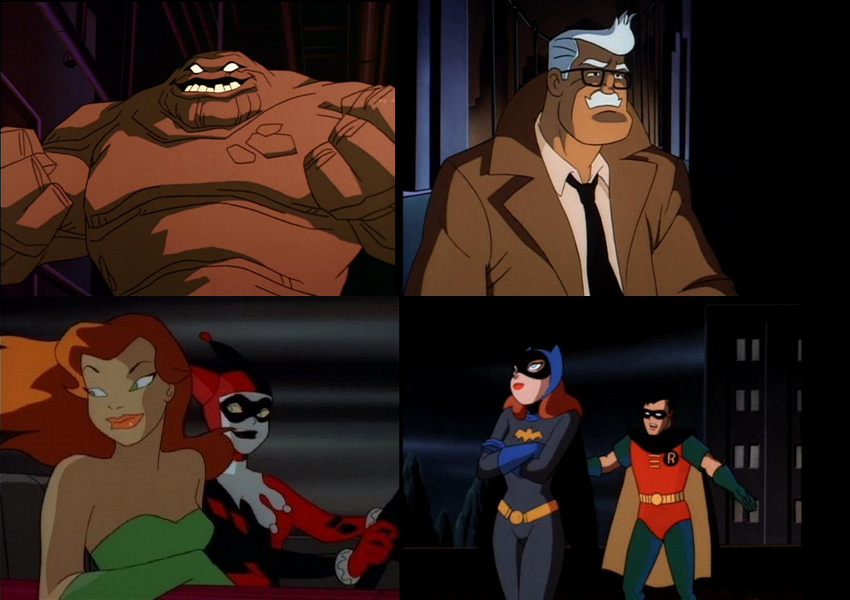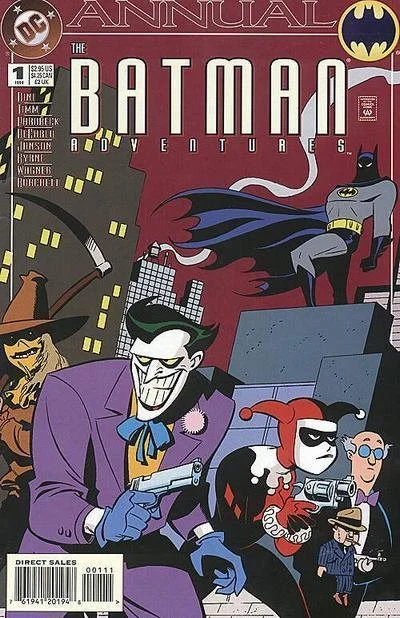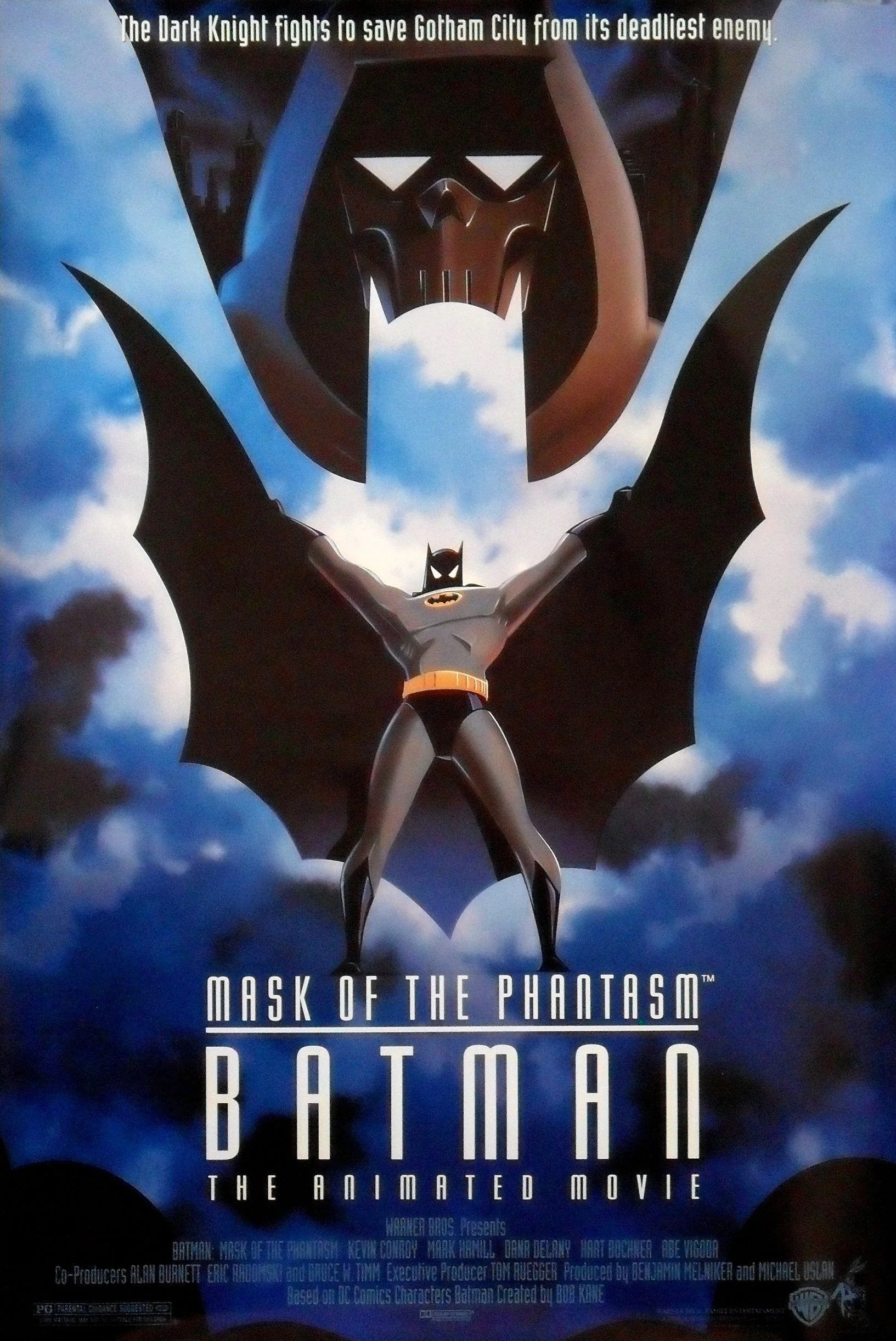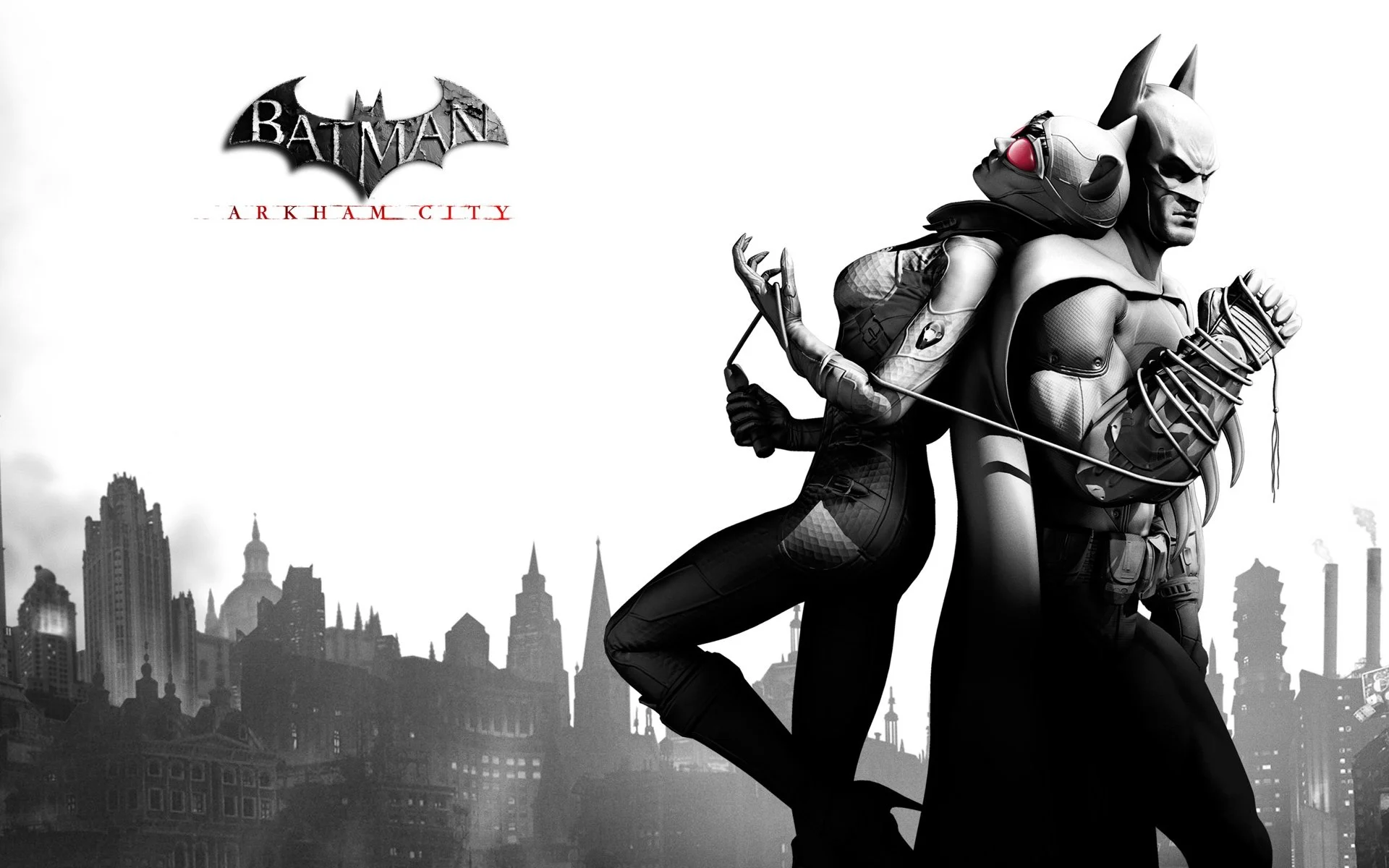Batman: The Animated Series - The Dark Knight Defined
Arguably the greatest cartoon of all time.
ORIGINAL POST (6/11/2014): As I preppped Great Big World for release I contributed some essays to the great nostalgia site, The Retroist. In celebration of Batman's 75th Anniversary, this one was about Batman: The Animated Series, arguably one of the greatest cartoons ever produced. In the essay, I detail my love of Batman and the show and make the argument that Batman: The Animated Series is the definitive Batman.
Head on over to The Retroist and take a look! You can also find my other Retroist Essays there too! If you still have to scratch that Batman itch, head on over to The Hodgepodge Podcast. Episode 32 was our celebration of Batman's 75th Birthday, while Episode 22 was our Cartoon Spectacular, where we covered Batman: The Animated Series. Take a listen!
UPDATE: Unfortunately, this essay is no longer on The Retroist site (hey, webspace costs money!). So, presented here is the full essay I wrote for them. Enjoy!
2014 marks the 75th Anniversary of Batman. This is the first of what I hope to be a series of essays celebrating the Dark Knight.
For as long as I can remember, Batman has been in my life. I see him every day in the scar I’ve had on my forehead since I was three-years-old—the result of losing a fight with the fireplace as I ran around the house pretending to be, you guessed it, Batman. Batman was so important to me growing up, that he made an appearance in a professional portrait photo my parents had taken of me when I was a little boy. I wouldn’t take the picture without my twelve-inch Batman with magnets on his hands for grappling on the refrigerator. When I discovered Star Wars though, Batman faded into the shadows for a little while. However, like the bat that haunts Bruce Wayne in The Dark Knight Returns, Batman was always lurking, waiting to reclaim his position at the top of my pop culture obsessions. Christopher Nolan’s Dark Knight Trilogy definitely got him back to the top of the list, but there was another time when Batman returned to my life.
Like most people of my generation, I got caught up in the Bat-Mania that swept the nation in the wake of 1989’s Batman from Tim Burton. However, I became far more interested in my old friend after Burton’s second film, Batman Returns, hit theaters in 1992. In the fall of that year, the Fox Network launched a daring new animated program that debuted in primetime prior to taking its regularly scheduled timeslot on weekday afternoons.
The Batman
The show, produced by Warner Brothers Animation, was called Batman: The Animated Series and it would come to define not only Batman for a new generation, but all of DC Comics’ superheroes.
The show was the brainchild of legendary animator Bruce Timm and his producing partner, Eric Radomski, both of whom had worked on Tiny Toon Adventures together. They then pulled in other masterminds like writer-producers Paul Dini and Alan Burnett.
Fleischer’s Superman
The look of the show had a crime noir feel where Gotham existed in the modern world, but had a real art deco aesthetic that was akin to the Fleischer Superman cartoons of the 1940s—a major inspiration. It was unlike anything anyone had seen before as Timm and his team presented a dark and serious Batman without a hint of campiness. This was the Batman comic book fans had been longing for. The influence of Tim Burton’s Batman films was apparent as well, especially when it came to the Penguin and Catwoman. In the initial run of the show, Penguin was more dapper and erudite than Danny DeVito’s interpretation, but he still had the flippers. Catwoman, meanwhile, traded her traditional brunette locks for Michelle Pfeiffer’s blonde ones.
Joker, Catwoman, Penguin, and The Riddler - Batman’s most famous rogues
Aside from those quirks, The Animated Series presented Batman’s full world for a new generation. Not only did the show feature classic villains like Joker, Penguin, Riddler, and Catwoman, it also delved deep into Batman’s rogues’ gallery and reimagined many of the villains, while introducing some to mainstream audiences for the very first time. Killer Croc, Man-Bat, Clayface—these are but a few of Batman’s villains who had the spotlight in The Animated Series.
Mr. Freeze - His origin tale, “Heart of Ice,” is one of the most celebrated episodes of the series
Mr. Freeze, who had been on the 60s TV show, but was little more than a joke, was reimagined as a tragic figure—a scientist ruined by one of his experiments as he tried to save his wife’s life. His cold, dead voice was as haunting as his origin was heartbreaking. He was a relatable villain, one whom the audience could almost root for.
Two Face - Harvey Dent was built up first as an ally of Batman and friend of Bruce Wayne, until he was horribly disfigured and his split personality emerged.
Fans who had only known Batman from television and film finally got a look at Two-Face. In the comics, Two-Face had been one of Batman’s key villains, but probably due to his grotesque appearance, he didn’t make the cut for the campy live-action show and hadn’t been introduced to mainstream audiences until The Animated Series. However, much like Tim Burton’s first Batman film, The Animated Series introduced Harvey Dent—Two-Face’s alter ego—first. Dent, Gotham’s District Attorney, was friends with Bruce Wayne, which made his ultimate transformation into Two-Face hit home for Batman. The audience got to know Dent over a couple of episodes, so they could come to care about him as he descended into madness.
Ra’s al Ghul and his daughter, Talia
Another important villain from the comics finally came to be known by mainstream audiences thanks to The Animated Series and some might say that despite the Joker’s longevity, this villain is Batman’s most formidable foe. I’m speaking, of course, of Ra's al Ghul. An eco-terrorist hell-bent on ridding the Earth of the disease called humanity, the near-immortal Ra's al Ghul learned Batman’s secret identity and matched wits with him on several occasions. Thanks to the mystical Lazarus Pits, Ra’s had lived for centuries and wanted Batman to become his successor. This honor also came with the hand of Ra’s daughter, Talia. If not for The Animated Series, Ra's al Ghul may not have found his way into Christopher Nolan’s Batman Begins. He became one of my favorite villains, because as a storyteller, I could see all the potentially great stories he could be a part of. Ra's al Ghul greatly opened up Batman’s world outside of Gotham. Talia was just another layer of those stories. She was another femme fatale for Batman to tangle with, even though it was her goal for them to be together.
Harley Quinn - created for the show, in her original look
However, The Animated Series didn’t just reimagine old villains—it created new ones too. Harley Quinn, the Joker’s henchwoman and girlfriend (?) was dreamed up by Writer Paul Dini, while Bruce Timm created her look. Harley didn’t always work with Joker, though, branching out to have adventures with her best gal pal Poison Ivy. It was an interesting pairing and a lot of fun. Harley was so popular, she eventually made her way over to the “real” Batman comics, while her origin was told in a comic book by Dini and Timm called Mad Love. The book was eventually adapted for the show.
Speaking of adaptations, that’s what The Animated Series did best. Along with forging their own great stories, the writers also cherry-picked some of the best Batman stories from the comics and turned them into episodes. I wasn’t an avid collector of Batman comics, but I recognized some tales and side characters from the collections The Greatest Batman Stories Ever Told and The Greatest Joker Stories Ever Told. The producers of the show streamlined Batman’s history and got to the core of the character, defining him for generations to come.
I don’t know who this is.
Part of that definition came from the stellar voice cast assembled by Casting Director Andrea Romano. When she cast stage actor Kevin Conroy as Batman, she couldn’t have known she’d be casting the voice of Batman for the next 20+ years. No matter how great Christian Bale did in Christopher Nolan’s Dark Knight films, Kevin Conroy is Batman. His Batman voice was quiet, but commanding and he played Bruce Wayne as a likable guy who knew his stuff, but couldn’t possibly be Batman. Conroy went on to play Batman in future cartoon series as well as video games and direct-to-video movies. His performance is so indelibly linked to the character that when people read Batman comics to this day, Conroy’s is the voice in their heads.
Mark Hamill’s voice work as the Joker made people forget about Luke Skywalker.
The villain castings were just as fantastic. The crown jewel was in getting Luke Skywalker to voice the Clown Prince of Crime. Mark Hamill’s Joker was just as defining as Conroy’s Batman. He was both funny and terrifying. While Heath Ledger’s Joker is probably the best live-action interpretation we’ll ever get of the character, like with Conroy, Hamill is the Joker. People couldn’t believe that the last of the Jedi Knights was also Batman’s arch nemesis and if you tell some people that fact today, they still can’t believe it.
Killer Croc and Harvey Bullock have an encounter; Penguin, Joker, and Two-Face ready to strike; Mr. Freeze demonstrates his namesake; Batman and Catwoman have a moment together
Paul Williams gave Penguin an air of sophistication, while Adrienne Barbeau imbued Catwoman with a slinky, sexy tone. The show really explored the complex relationship between Batman and Catwoman in a great way, perhaps best captured in the silent short, Chase Me. Richard Moll brought charm and madness to Harvey Dent/Two-Face and Efrem Zimbalist Jr. was the steady hand of Alfred for the majority of the show’s run.
The tragic Clayface; Commissioner Gordon, Batman’s true partner in crimefighting; Gal pals Poison Ivy and Harley Quinn; Batgirl gets a lecture from Robin
Bob Hastings’ Commissioner Gordon introduced mainstream audiences to the true professional partnership the character shared with Batman—a relationship that had been severely underserved outside the comic books to that point—while Melissa Gilbert and Loren Lester took the Batgirl / Robin relationship to new levels—Tara Strong would play Batgirl later in the show’s run. Arleen Sorkin was responsible for bringing Harley Quinn to life, while Ron Perlman and John Glover gave voice to Clayface and the Riddler respectively. The cast was a who’s who of name actors all opting into what was essentially still a kids’ cartoon. It was far more than that, though. Between Conroy’s standout performance and the excellent writing, The Animated Series became the definitive Batman.
Batman Adventures Annual #1 - Cover by Bruce Timm
Like most cartoons, The Animated Series spawned its own comic book series, Batman Adventures. However, the stories found there were not “kiddie” Batman stories. Much like the show they were based on, the stories were mainly self-contained and didn’t shy away from serious storytelling. The art by, first, Mike Parobeck and, then, Ty Templeton was elegantly simple, evoking Timm’s style from the show. It was a greatly underrated comic series, but a nice accent to the show.
Many fans hold Mask of the Phantasm up as the greatest Batman film ever made. It’s hard to argue with that take.
The success of Batman: The Animated Series—it would become The Batman and Robin Adventures and The New Batman Adventures throughout its run—led to a renaissance for Warner Brothers Animation. No less than three movies were born of the show, including the theatrically-released Mask of the Phantasm.
The Timmverse or the DC Animated Universe including Superman, Batman Beyond, and Justice League
Batman: The Animated Series also extended to the world of video games with Rocksteady Studios’ popular Arkham games. Arkham City’s storyline was written by Paul Dini himself and constituted one of the greatest Batman stories ever told. Conroy and Hamill reprised their roles for both Arkham Asylum and Arkham City and Conroy will return again for 2015’s Arkham Knight.
For me, Batman: The Animated Series improved my understanding of Batman and kept him relevant in my mind. I fell in love with the writing on the show and the fantastic cast. All the episodes were mini Batman films, capturing the essence of the character far better than any of the live-action films until Christopher Nolan came along. I learned about villains I had only been vaguely aware of and came to know more about this hero I’d loved since I was a child than I’d ever known. Batman: The Animated Series taught me about Batman, and it’s a lesson I’ll never forget.
Arkham City - The best Batman video game. Don’t let anyone tell you any differently.
If you want to know more about Batman as well as The Animated Series and those who created it, check out Kevin Smith’s fantastic podcast, Fat Man on Batman. Also, check out Episode 32 of The Hodgepodge Podcast, which was devoted to Batman’s 75th Anniversary.
Classic.
